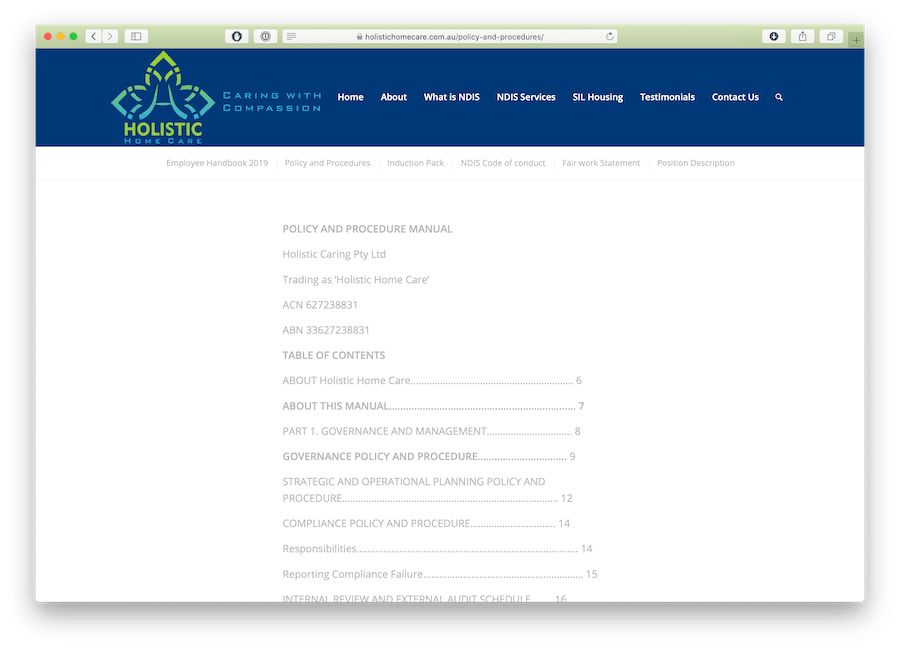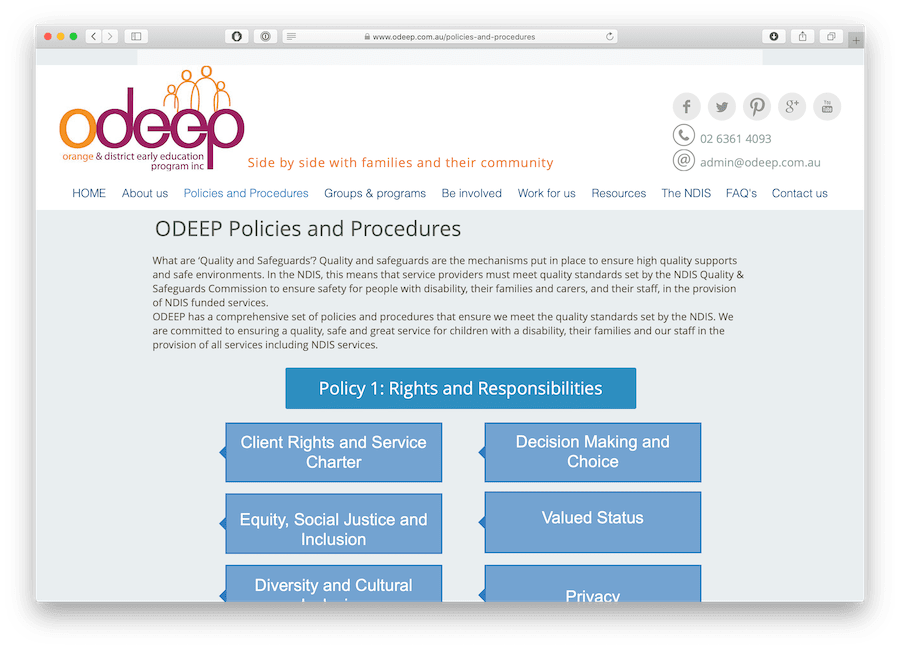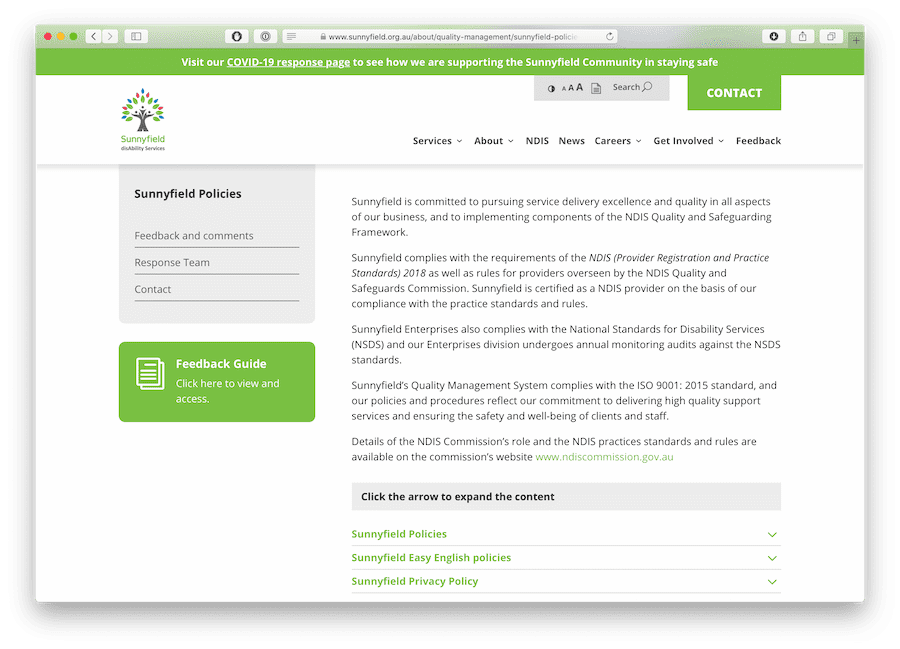
NDIS Policies & Procedures: Do They Really Matter?
In an industry as heavily regulated as the NDIS, establishing clear policies and guidelines can be a huge advantage for providers looking to ensure quality across their service line.
In most cases though, creating these documents proves unfeasible for many, especially at the start when you still have to group all the regulatory assets together.
With the establishment of the NDIS Quality and Safeguards Commission, a few standards have been set which providers should do their best to follow.
The NDIS Practice Standards & Why They Matter
As defined by the NDIS Quality and Safeguards Commission, practice standards “specify the quality standards to be met by registered NDIS providers to provide supports and services to NDIS participants.”
With this basic definition in mind, the standards also work the other way around, giving participants a good idea of the quality they can expect.
To further ensure that providers do their best work, the commission has issued so-called “quality indicators” and a slew of related rules and guidelines to follow.
The latest version of the quality guidelines was released on 1 July 2018 and includes the following two aspects:
- A core module highlighting guidelines for all NDIS providers irrespective of the type of services that they offer to participants, and;
- Five specialized modules based on supports you offer to participants (early childhood support, disability accommodation, and so on).
The great thing about these guidelines is that while a bit heavy to digest, they show which outcomes the commission wants in a box at the top of each section, like this:

Practice standards go hand in hand with the NDIS Code of Conduct which is a straightforward document handling ethical aspects of your NDIS business.
What Are NDIS Policies & Procedures?
During the application process, the NDIS Quality and Safeguards Commission works with you to ensure that you can deliver the services you applied for at a good quality.
To further cement that they know what they’re doing, most NDIS providers create a set of internal NDIS policies and procedures that follow the specific modules of interest to them.
Here is the difference between the two:
- A policy describes the provider’s intention to do a certain thing, while;
- A procedure defines how those intentions translate to the real world.
So, do you need NDIS policies and procedures?
Yes, absolutely.
Poor management of this type of documentation can lead to all kinds of legal problems and issues that you want to avoid. But remember, compliance isn’t a one-time job.
Most policies and procedures will require continuous updating across a variety of topics so it’s important to talk with a consultant before you go ahead and create your own.
3 Examples To Draw Inspiration From
Before we dive into a few examples from other providers, you should know that NDIS policies and procedures are custom-fit to each business.
There is no cookie cutter approach here.
While tempting at first, copying someone else’s policies will serve no purpose and will likely bring to further legal problems.
Disclaimers aside, here are three examples:
Example 1: Holistic Home Care’s Approach

Starting from a traditional approach, Holistic Home Care offers a document including all the key parts that are relevant to their business, with anchor links at the top for navigation. This is good for legal purposes and helpful for participants as they can browse the document easily on the provider’s website.
Example 2: ODEEP’s Comprehensive Set of Policies

ODEEP‘s approach is fairly interesting as it divides each of their procedures into four clear policy modules based on the guidelines provided by the commission. With a clear structure and documents that are easy to find, ODEEP’s comprehensive set of procedures is a good example of how you can help participants visualize what’s included.
Example 3: Sunnyfield’s Intuitive Navigation

Finally, Sunnyfield implemented an intuitive approach to their documentation, with a brief introduction on all that’s included and dropdown menus categorizing each procedure into different policies. This is our favorite approach as it’s easy for both participants and legal entities to understand, leading to the best experience.
With these three examples in mind (and advice from a consultant), you should have a good understanding of what NDIS policies and procedures matter for NDIS providers.
Doing What’s Best For The Participant

Your goal as a provider is to help participants feel safe and welcome. By establishing clear policies and procedures for all your supports, you’re helping them feel more at ease.
While heavy to process and—sometimes—understand, making the commitment to ensure that your services are always fair and qualitative is of utmost importance.
Doing what’s best for your clients means doing what’s best for your business. If maintaining a few documents means both of those, why not start now?
Frequently Asked Questions
Practice standards specify the quality standards to be met by registered NDIS providers to provide supports and services to NDIS participants.
The NDIS Quality and Safeguards Commission sets all the standards necessary for providers to deliver their services with quality in mind.
The NDIS Quality and Safeguards Commission is a separate agency compared to the NDIA and it has the goal of improving the quality and safety of NDIS services.
Yes, absolutely. With the help of the commission and a few external consultants, you should always have all the documentation in place to avoid legal issues.



